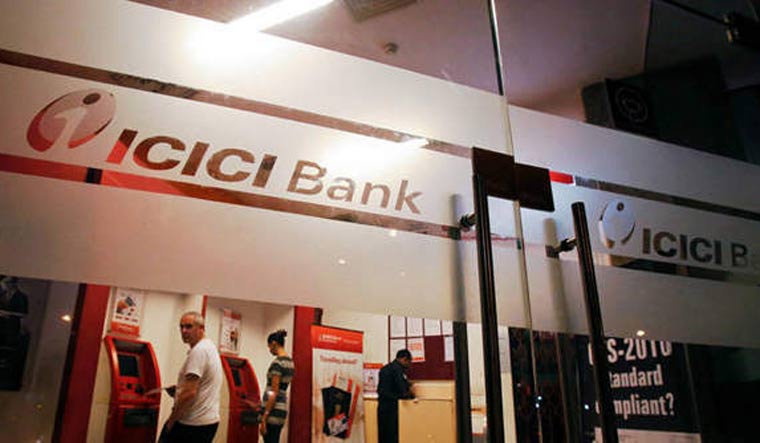In the last few days, multiple banks, be it public or private, have reduced their interest rates on home loans, as they look to strengthen their retail loan book. The move comes at a time non-banking finance companies are still not completely out of the woods and therefore, banks see this as a huge opportunity to tap the market aggressively and gain share in the segment.
On Friday, ICICI Bank reduced its mortgage rate to 6.70 per cent per annum, which is the lowest the private lender has offered in the past decade. Customers can avail this interest rate for home loans up to Rs 75 lakh. For loans above that, an interest rate of 6.75 per cent will be applicable.
“We see resurgence in demand from consumers, who want to buy homes for their own consumption, in the past few months. We believe this is an opportune time for an individual to buy his/her dream home, considering the prevailing low interest rates,” said Ravi Narayanan, head – secured assets at ICICI Bank.
On March 1, State Bank of India, the country’s largest lender had reduced interest rates on home loans to 6.70 per cent for loans up to Rs 75 lakh and 6.75 per cent for loans up to Rs 5 crore.
The same day private lender Kotak Mahindra Bank slashed its home loan interest rates by 10 basis points to 6.65 per cent, which it said was a special rate till March 31 and it was the lowest rate in the market.
“Kotak continues to set the pace as the price leader in the home loan market and we are delighted to offer consumers a special year-end bonus in the form of even lower home loan interest rates,” said Ambuj Chandna, president – consumer assets, Kotak Mahindra Bank.
Not to be left behind, the country’s largest mortgage lender HDFC reduced its retail prime lending rate (RPLR) on home loans by 5 basis points to 6.75 per cent.
What customers must note is that not all of them will get the benefit of the lower rates. For instance, the new rate on home loans at HDFC are applicable on its adjustable rate home loans, which are benchmarked to the RPLR. SBI's home loan interest rates are linked to CIBIL score of the borrower. Similarly, Kotak Bank also said the interest rates are linked to borrowers' credit score and the loan to value ratio.
Why are banks then reducing their home loan rates?
There are several reasons behind this rush to cut home loan rates. Many banks are focusing on growing their retail loan books, especially as the financial year end approaches. The COVID-19 pandemic, which hit when the economy was already slowing down, had a huge impact on businesses, especially micro, small and medium enterprises. At such a time, banks are keen to focus more on and grow secured lending products like home loans.
“For banks, the mortgage business brings with it the benefit of higher loan tenure/better ALM (asset liability management), lower capital consumption, higher leverage, lower asset quality risk and better customer acquisition tool with higher cross-sell opportunity,” noted Anand Dama, research analyst at Emkay Global Financial Services.
In the wake of the pandemic, more people now want to buy their own home. Low interest rates, offers and promotions by developers and few state governments reducing stamp duties are also driving housing demand. Banks want to cash in on this, at a time, NBFCs, which were hit hard by the defaults at IL&FS in 2018 and a major mortgage lender DHFL going bankrupt in 2019, are yet to recover fully from the crisis.
Also, with deposit growth far higher than credit growth, banks have ample liquidity and therefore are in a position to reduce lending rates too.
“Banks are expected to benefit from lower competition as non-banks, grappling with multiple challenges, see tepid growth. With deposit growth outstripping credit growth so far, banks would use the surplus liquidity to wrench credit market share away from some of the largest catchments of non-banks such as mortgages and new vehicle finance,” pointed Subha Sri Narayanan, director at CRISIL Ratings.
This financial year, more than half of the incremental retail credit growth has been from mortgages, Narayanan added.
Among large players, SBI leads the pack with nearly 31 per cent market share in recent disbursements, followed by the HDFC group at 19 per cent, ICICI at 13 per cent, Bank of Baroda at 9 per cent and Axis Bank at 7 per cent, said Emkay’s Dama.
He expects retail credit to grow further led by mortgages contributing 51 per cent of retail loans.
A cut in home loan rates will give further boost to the housing market, say executives.
“The reduction in home loan rates by leading banks is going to help the demand side immensely. Currently, the all-time low, sub-7 per cent interest rates are encouraging consumers to proceed with their purchase and quickly close their transactions,” said Jayesh Rathod, executive director, The Guardians Real Estate Advisory.





